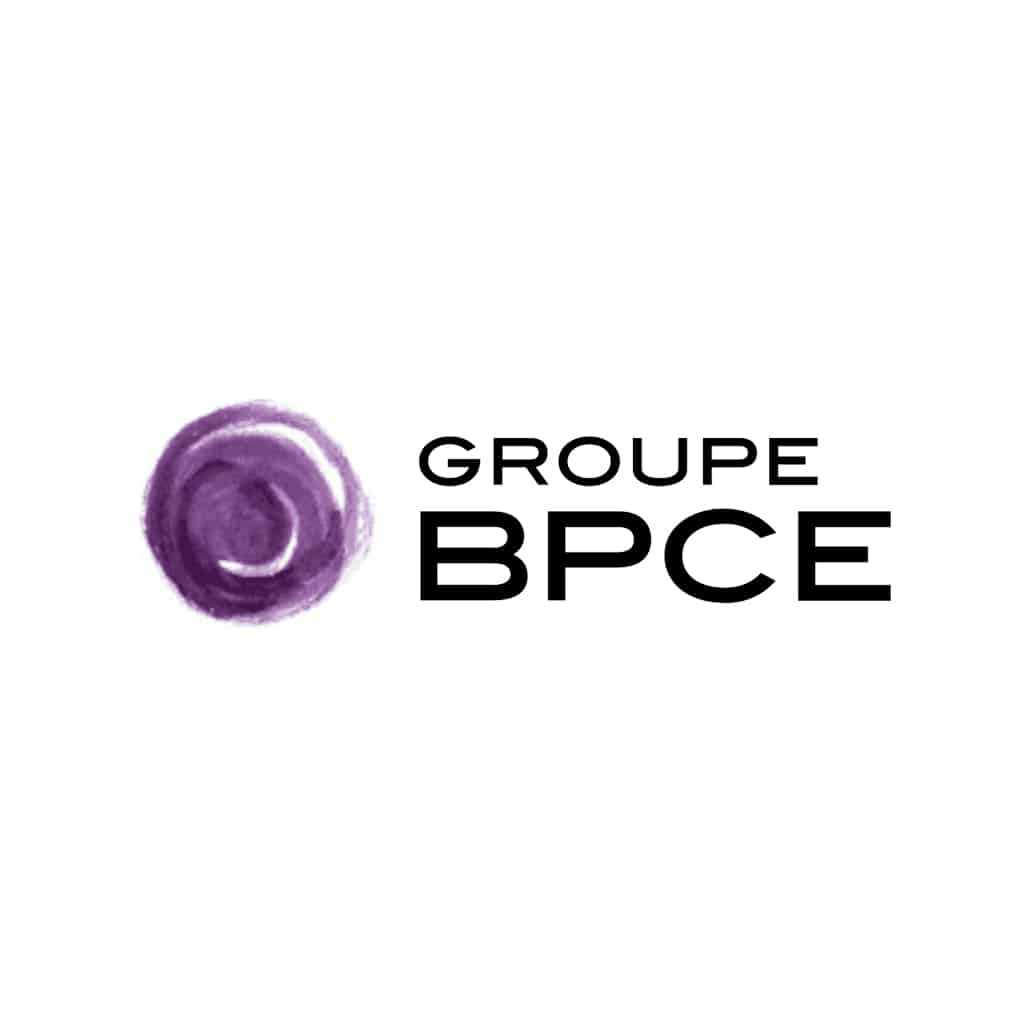Financing a "low carbon" aluminium supply

Natixis, a Groupe BPCE subsidiary, is developing a USD500 million financing platform enabling it to grant one of its clients – a major commodities trading company – preferential financing terms for its "low carbon" aluminium sourcing.
Main project's drivers for reducing the greenhouse gas (GHG) emissions
Energy and resource efficiency
Energy Decarbonisation
Energy efficiency improvements
Improving efficiency in non-energy resources
Emission removal
Financing low-carbon issuers or disinvestment from carbon assets
Reduction of other greenhouse gases emission
Project objectives
This financing project has been developed by Natixis in partnership with Trafigura, one of the world's largest commodity trading companies that set up a "low-carbon" aluminium-trading desk a few months ago. Natixis entered into a transaction with Trafigura to finance the aluminium produced by Rio Tinto's Kitimat smelter, which has one of the world’s lowest carbon footprints thanks to its use of hydroelectric power and an efficient industrial process (AP40 electrolysis technology, which pre-bakes the carbon before it goes into the pot). This project allows to reduce the trader's cost of financing so that it can subsequently pay producers an additional premium for “low carbon” brands. This additional premium then enables to support the smelters in their transition to low carbon technologiesand enhances the trader's long-term competitiveness in this area.
Several steps are necessary to set up a project of this kind:
- Development of a methodology to define “low carbon” aluminium (definition of target carbon intensity levels in line with the European Taxonomy, the Sectoral Decarbonization Approach [SDA] in addition to environmental and social standards (such as water management, air pollution prevention, waste management or the United Nations Human Rights Guidelines),
- Selection of eligible supplies and third-party validation via a certificate of CO2e calculation/ validation provided by an independent auditor,
- Financing of goods via a dedicated platform with preferential financing margin for “low carbon” products. The trader (the intermediary between the buyer and seller of aluminium) will access financing at a preferential interest rate for the purchase of “low-carbon” aluminium and, in return, will better compensate the producers of low-carbon aluminium by granting them a premium on top of the market price of aluminium.
To date, a total of approximately 78 thousand metric tons of “low carbon” aluminium have been financed by Natixis via this platform.
Emission scope(s)
on which the project has a significant impact
- Emission scopes
- Description and quantification of associated GHG emissions
- Clarification on the calculation
Scope 1
Direct emissions generated by the company's activity.
Scope 2
Indirect emissions associated with the company's electricity and heat consumption.
Scope 3
Emissions induced (upstream or downstream) by the company's activities, products and/or services in its value chain.
Emission Removal
Carbon sinks creation, (BECCS, CCU/S, …)
Avoided Emissions
Emissions avoided by the activities, products and/or services in charge of the project, or by the financing of emission reduction projects.
Scope 3 – Offer of preferential financing terms for “low carbon” products
Quantification : – 608 kt CO2e
The calculation is made using (i) industry averages (11.8t CO2e/t, according to the World Aluminium Institute), the carbon intensity data of the Kitimat smelter (<4tCO2e/t, according to the report provided by PwC).
For the supplies subject to funding, the carbon intensity of the aluminium (scopes 1 & 2) was less than 4 TCO2e/t.
Thus, in view of the volumes financed, the overall positive impact of the project is 608kt CO2e ((11.8-4) X 78kt).
Key points
Invested amount
150 M USD
Starting date of the project
2020
Project localisation
Europe, the US and Asia.
Project maturity level
Prototype laboratory test (TRL 7)
Real life testing (TRL 7-8)
Pre-commercial prototype (TRL 9)
Small-scale implementation
Medium to large scale implementation
Economic profitability of the project (ROI)
Short term (0-3 years)
Middle term (4-10 years)
Long term (> 10 years)
Not communicated
Illustrations of the project
In addition to the carbon impact, the “low carbon intensity” methodology includes environmental (water protection and treatment, air pollution, waste treatment) and social (compliance with the United Nations Guiding Principles on Business & Human Rights) eligibility criteria to be met by the smelters.
The approach can be replicated for the financing of other aluminium supplies if these are deemed eligible for the “low carbon” methodology. Several other aluminium flows are currently being studied by Natixis with other clients.
A partnership has been engaged with the Trafigura trading company
Contact the company carrying the project :
gaelle.luissint@bpce.fr

